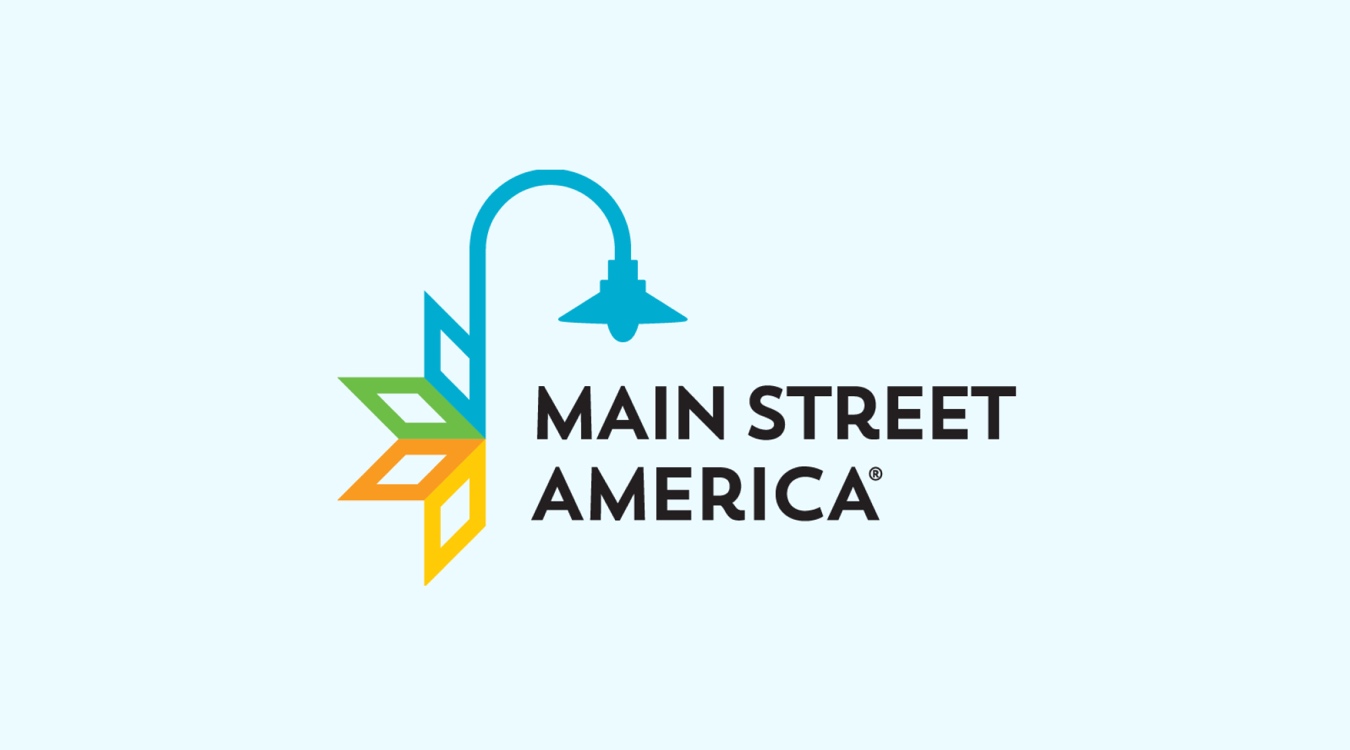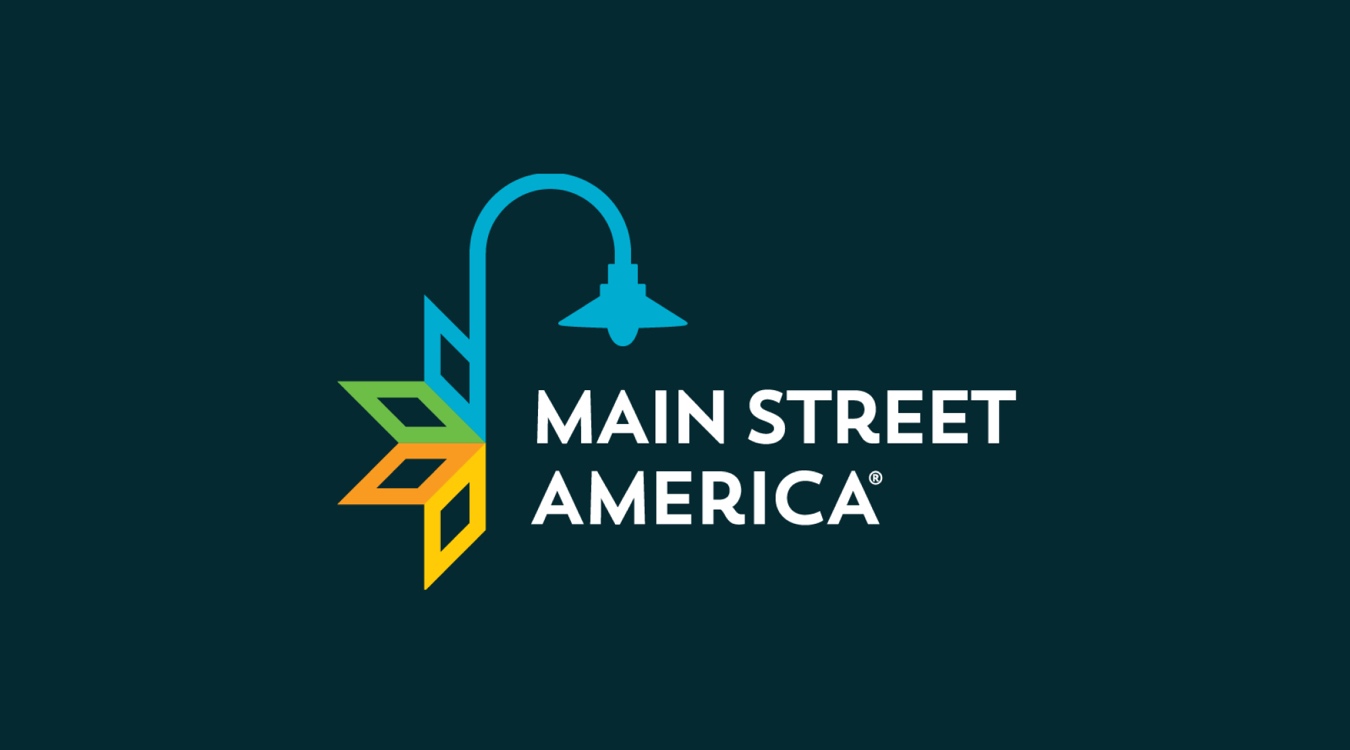How to Build a Grant Program
Are you ready to start writing the big checks? MSA’s Hannah Mira Friedland, Magdalena Gillespie, and Amanda Siskind joined Maine Downtown Center’s Anne Ball to explore strategies for building a grant program in your community.
Transparency is key. Communicate eligibility, requirements, guidelines, and determination criteria up front to avoid wasting people’s time or inviting controversy. Consider hosting an applicant webinar and creating an FAQ page for additional support.
Be mindful of your reviewers’ time. If you aren’t paying people, consider other forms of compensation, like providing a meal and hosting a celebration. Provide clear guidelines and expectations, but also make it fun!
Communicate timelines clearly. Share deadlines and reporting requirements as soon as possible and provide guidance on potential extensions or scope changes.
If you have multiple grantees, consider hosting a cohort meeting. This will help you communicate with grantees and create a space where they can learn from each other, solve shared problems, and build connections.
30% of All Main Street Businesses are Makers & Small Manufacturers — Now What?
Many Main Streets struggle with vacancy and neglect, a lack of high-paying jobs, brain drain, and low tourism. These issues can cause significant damage to local economies, community character, and long-term sustainability. Ilana Preuss at Recast City and MSA’s Michael Powe, Ph.D., explored how small-scale manufacturing can help address these problems. These unique businesses can utilize vacant spaces, create new jobs, and turn your community into a destination. They also support the next generation of entrepreneurs — Millennials or Gen Z own most small-scale maker businesses.





















































































































































